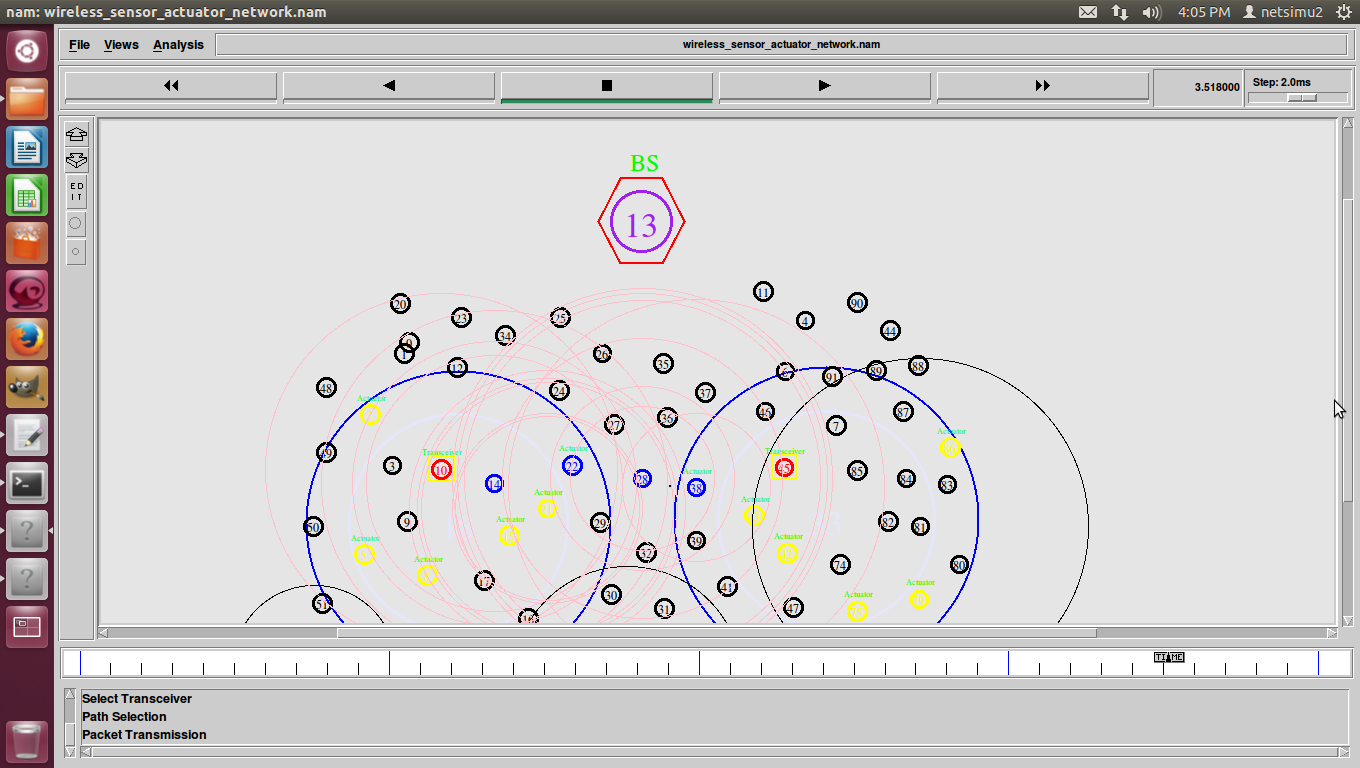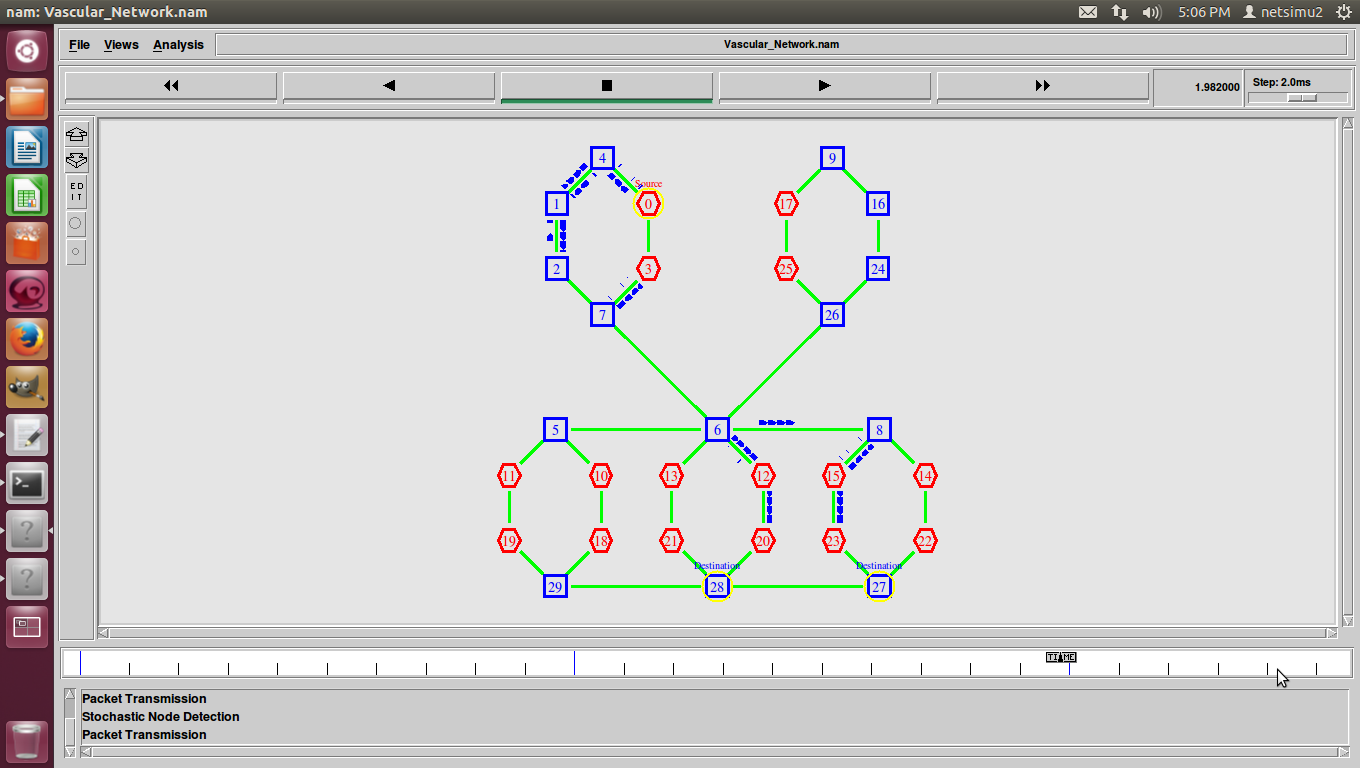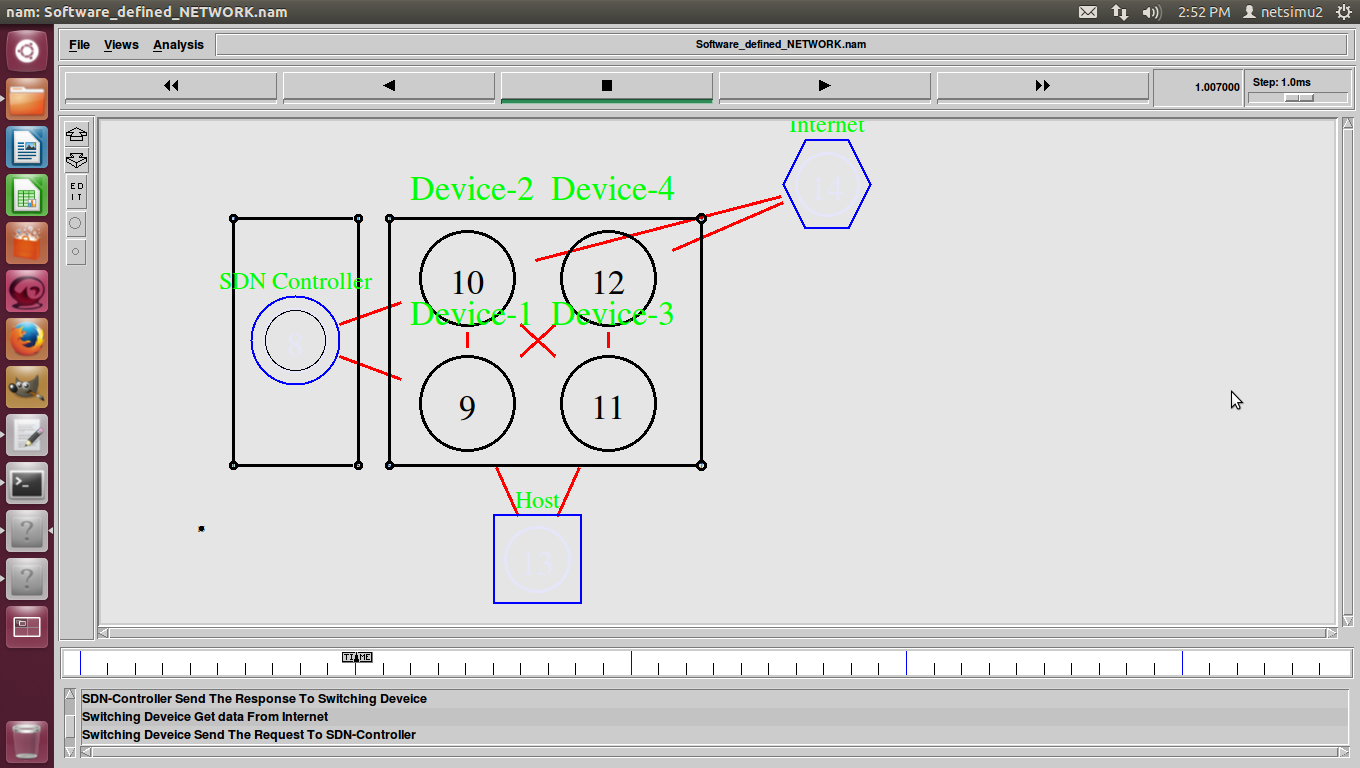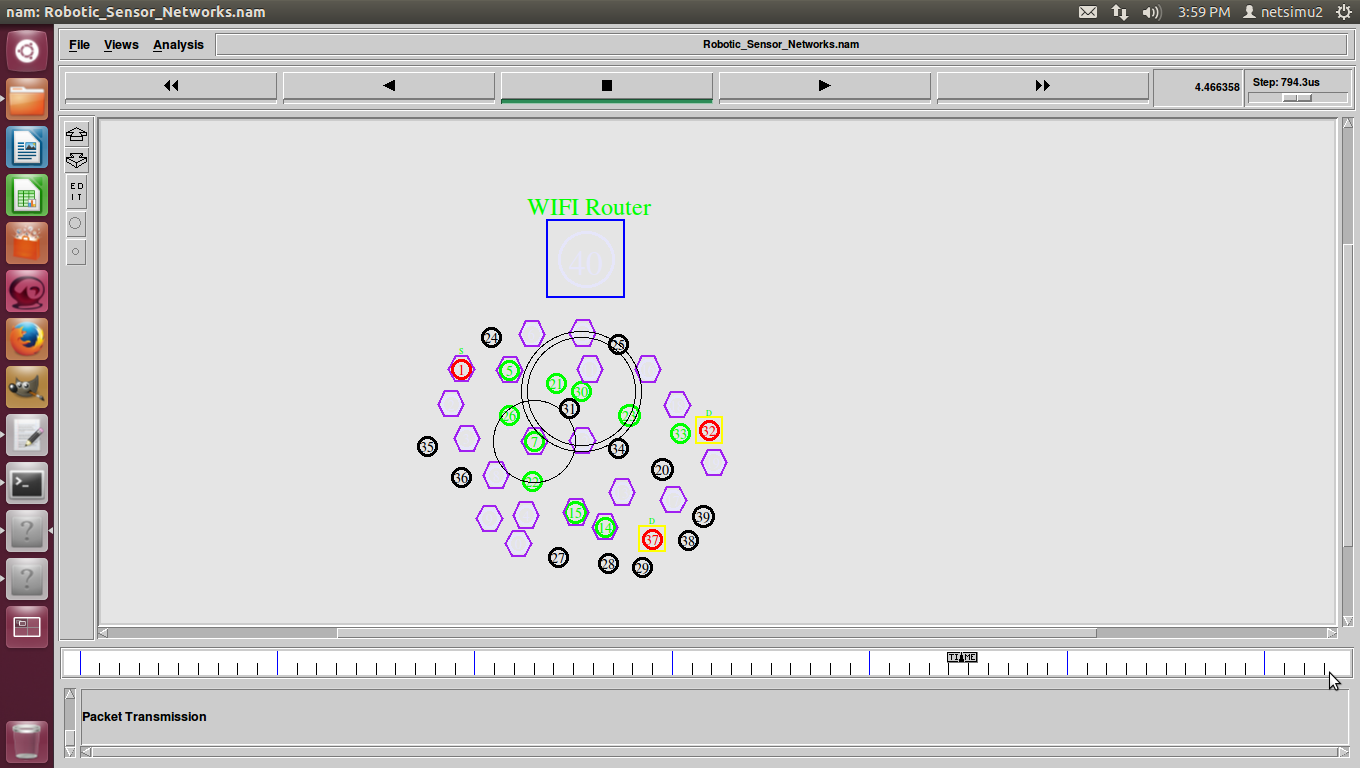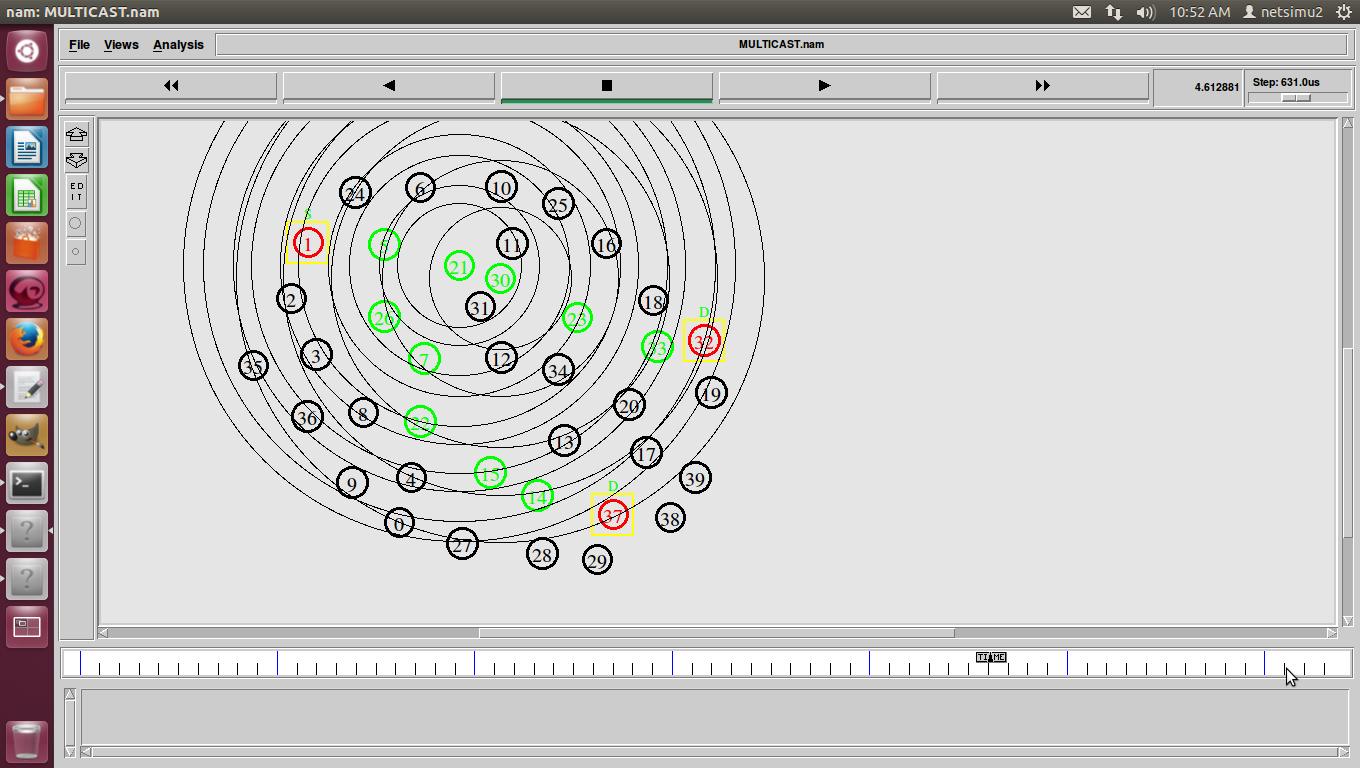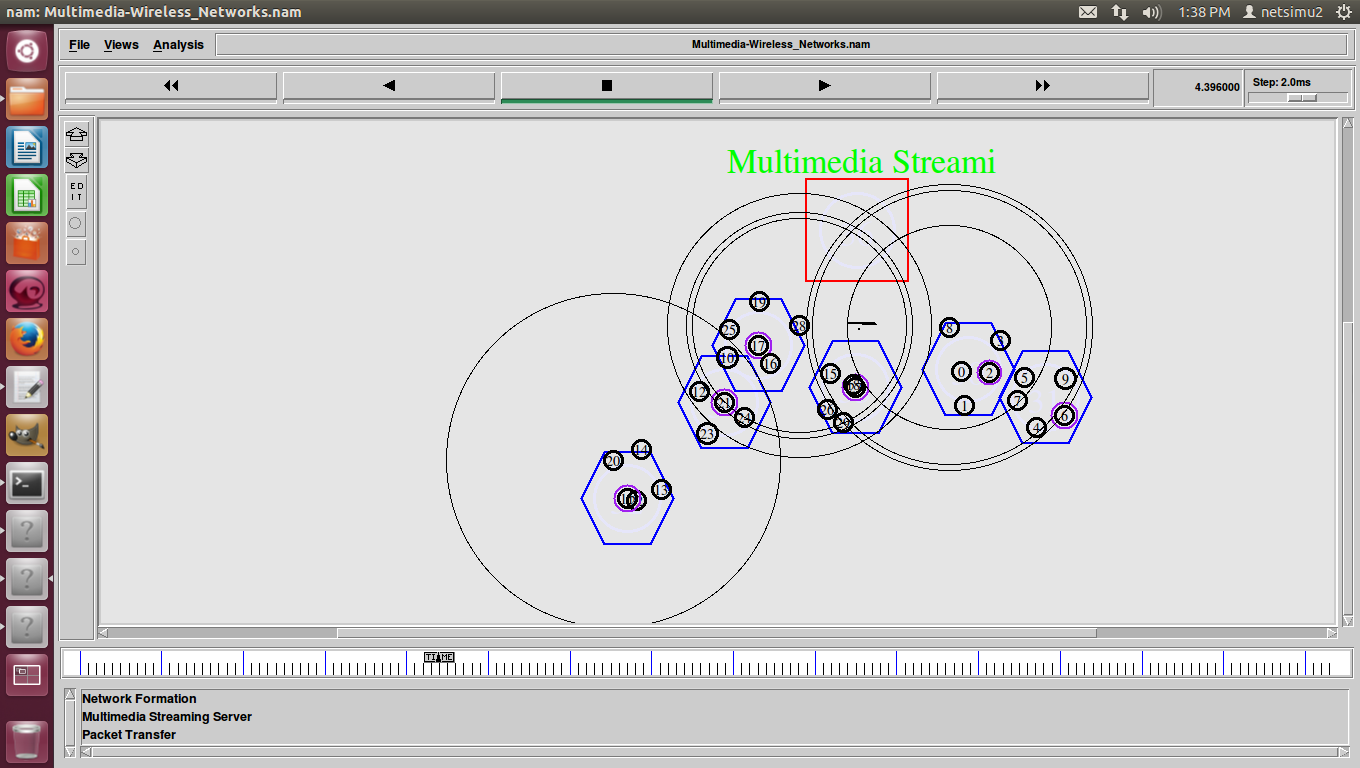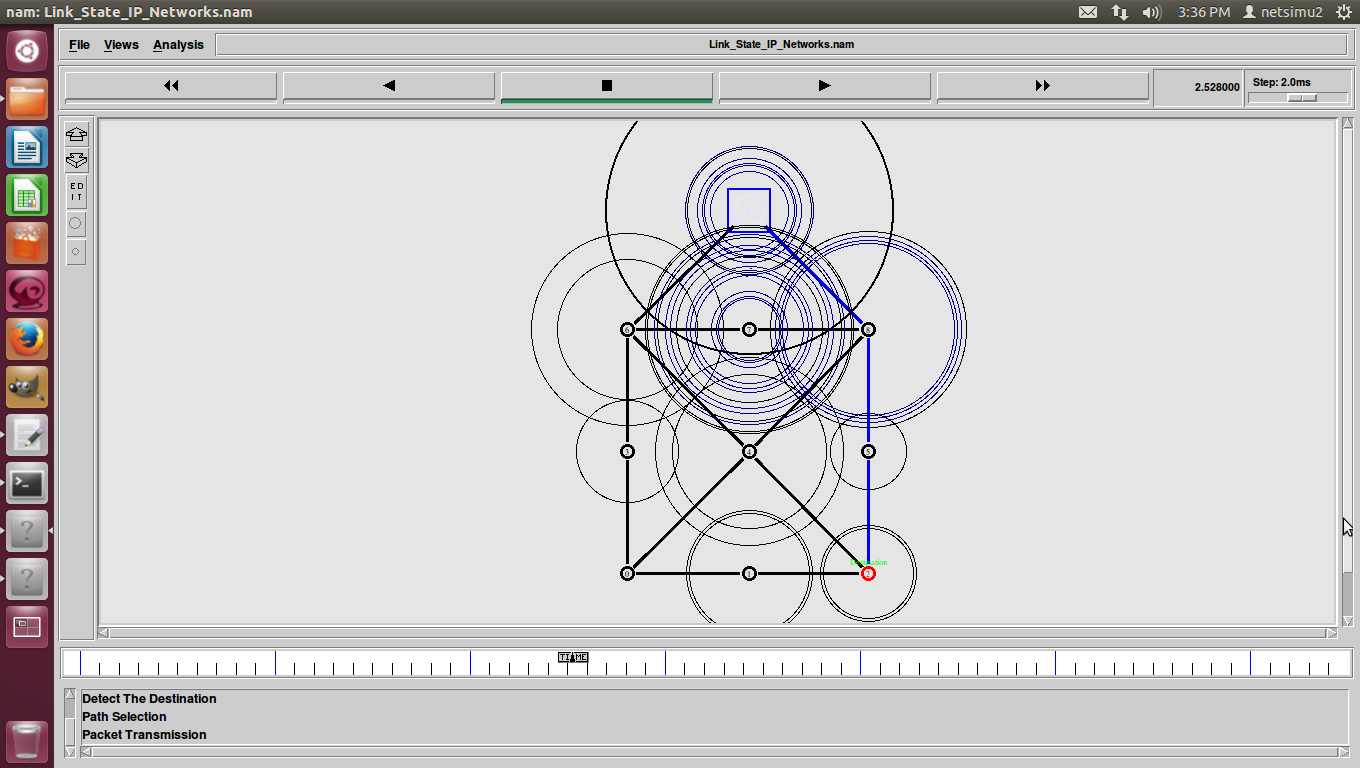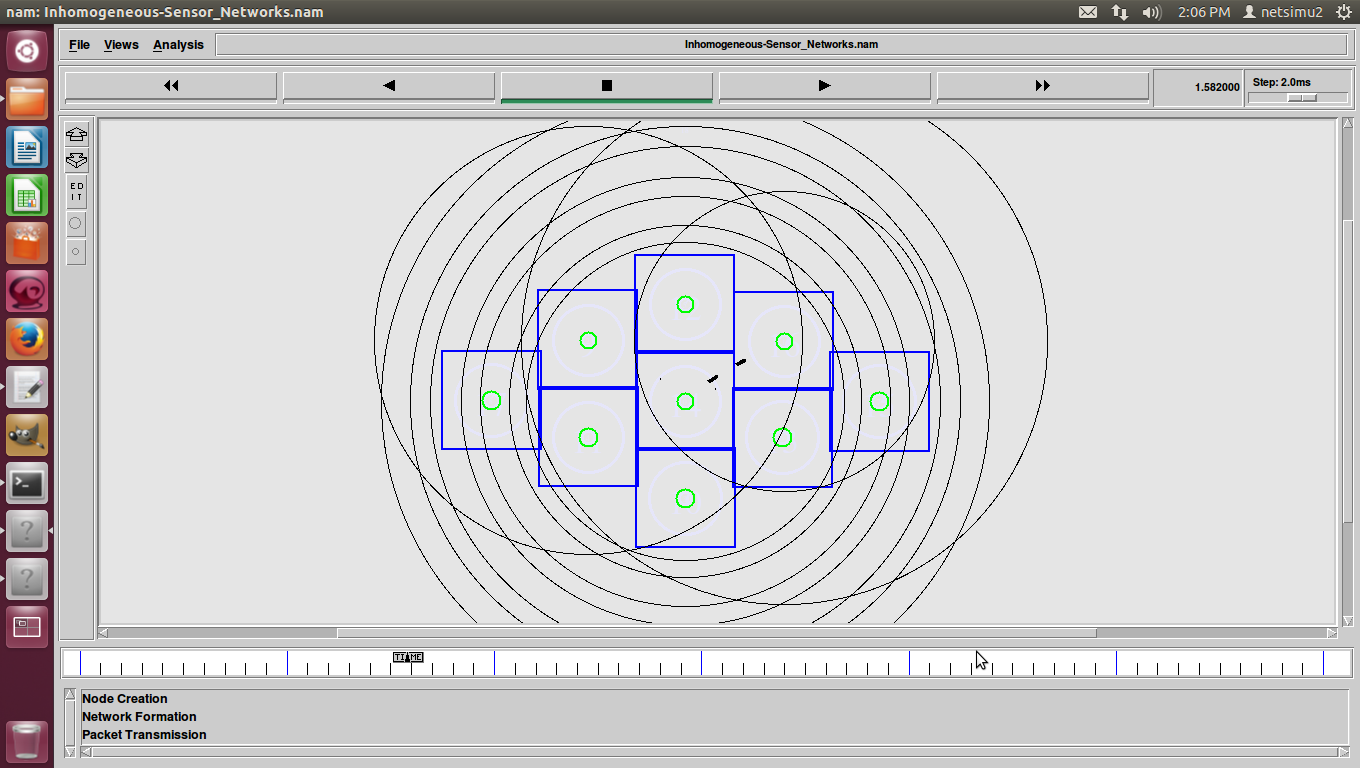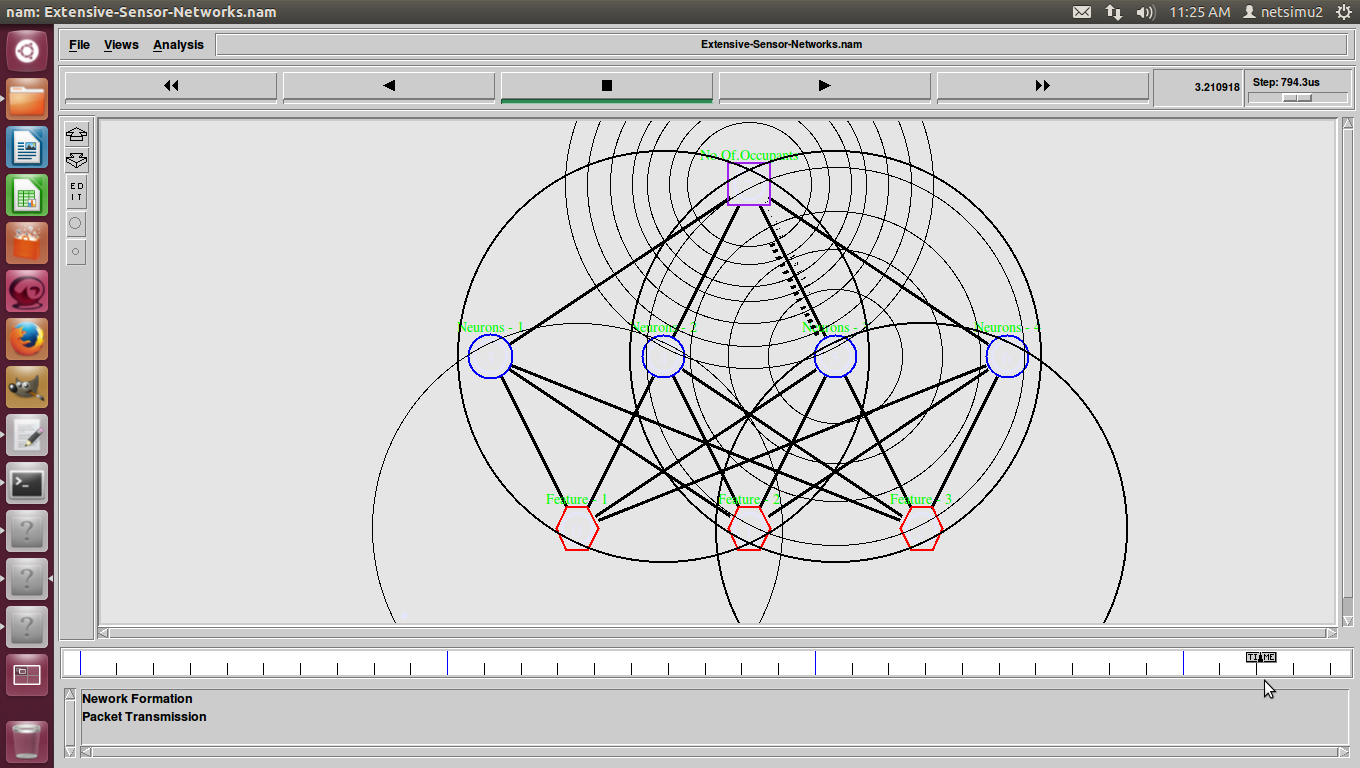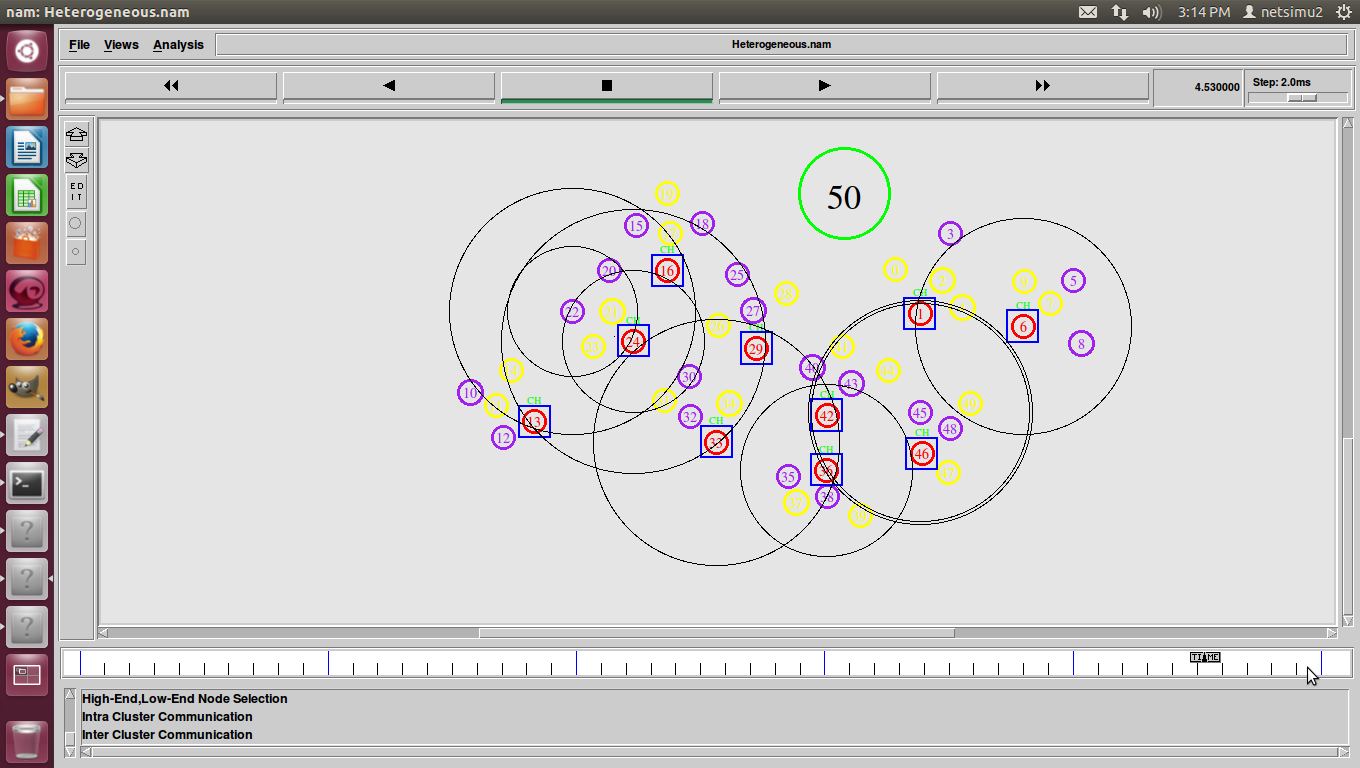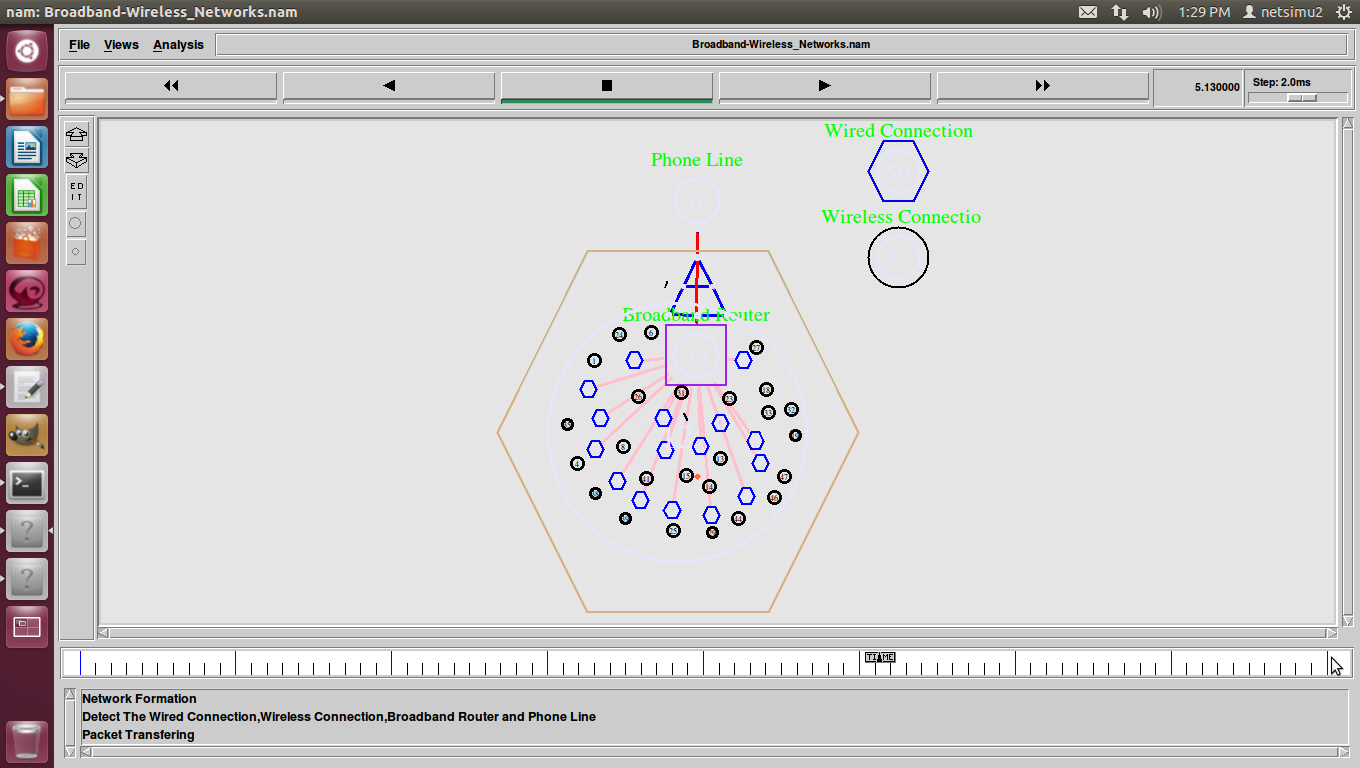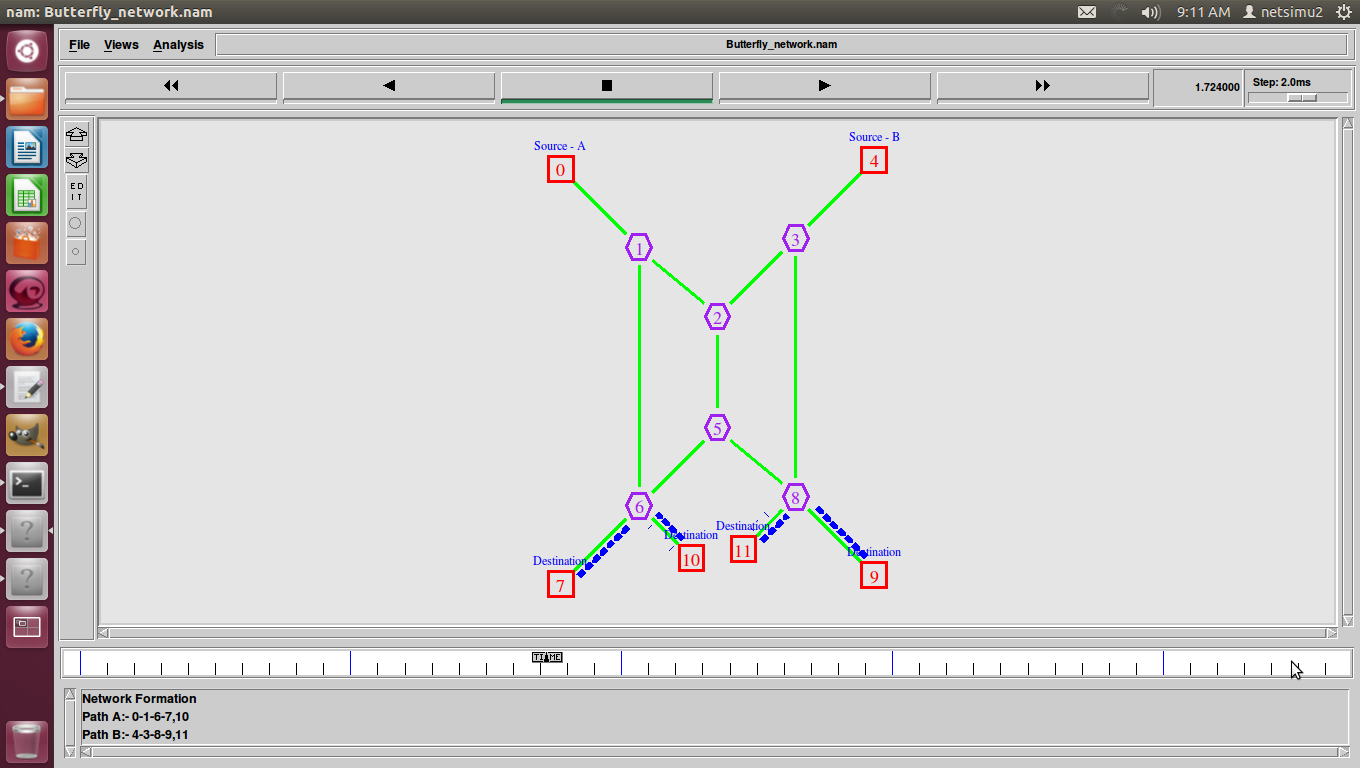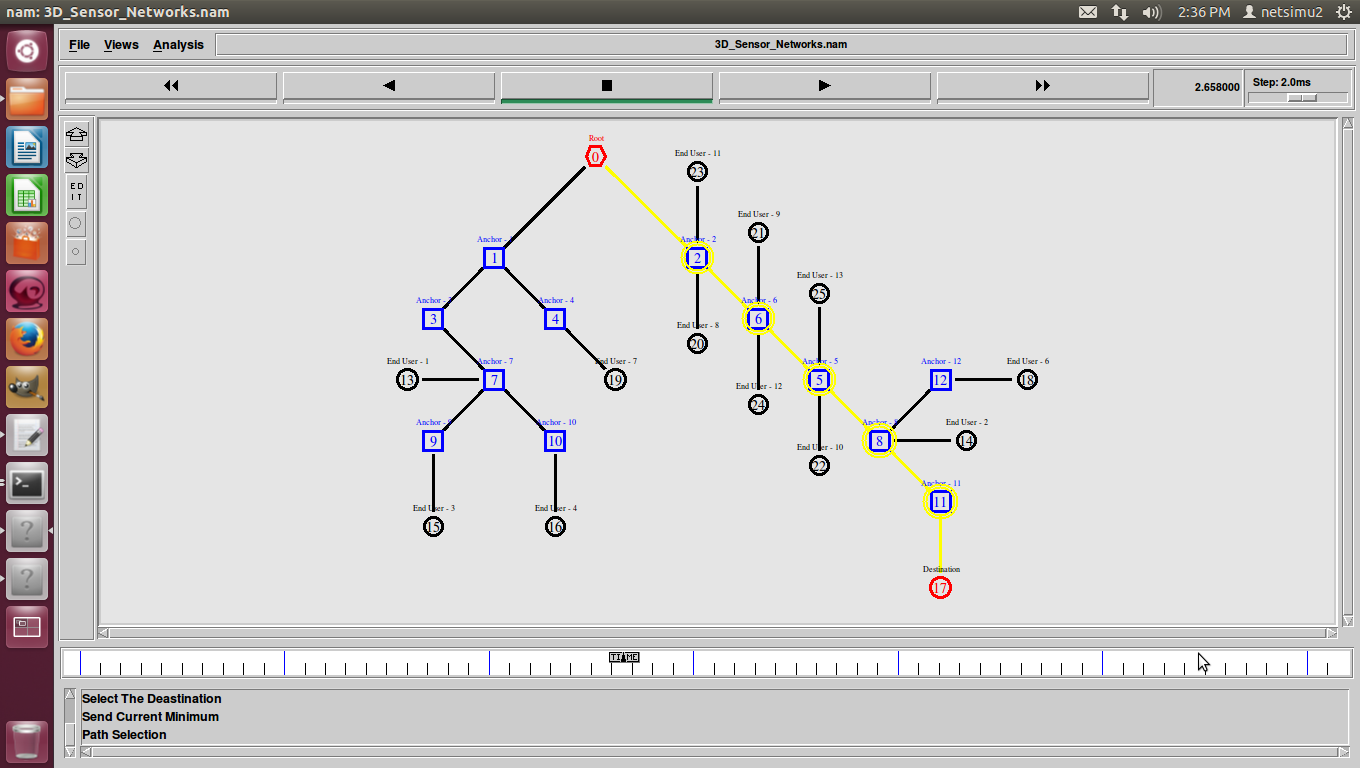To AND or To OR: On Energy-Efficient Distributed Spectrum Sensing With Combined Censoring and Sleeping
Distributed spectrum sensing improves the detection reliability of a cognitive radio network but generally comes at the price of a large power consumption. Since cognitive radios are generally low-powersensors with limited batteries, a combined censoring and sleeping scheme is considered as an energy-efficient algorithm for distributed spectrum sensing. Each sensor switches off its sensing module with a specific sleeping rate. When the sensor is on, a censoring policy is employed to send the sensing result to the fusion center. The result is only transmitted, if it is deemed to be informative.
Hence, the energy consumption of each sensor, including the sensing and transmission energies, is reduced. The underlying sensing parameters are derived by minimizing the maximum average energy consumption per sensor subject to a lower-bound on the global probability of detection and an upper-bound on the global probability of false alarm. We analyze the problem for the OR and the AND rule and provide a performance analysis for a case study based on the IEEE 802.15.4/ZigBee standard. It is shown that the combined censoring and sleeping scheme achieves a significant energy saving compared to the case where no censoring or sleeping is taken into account.






